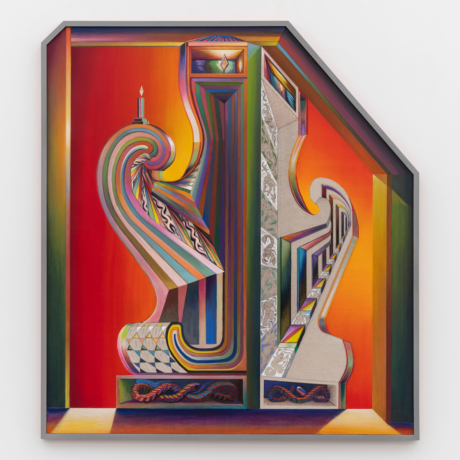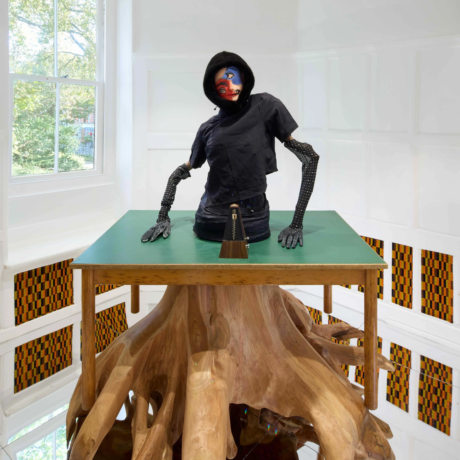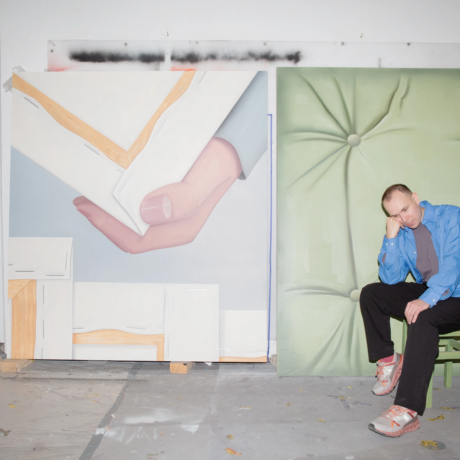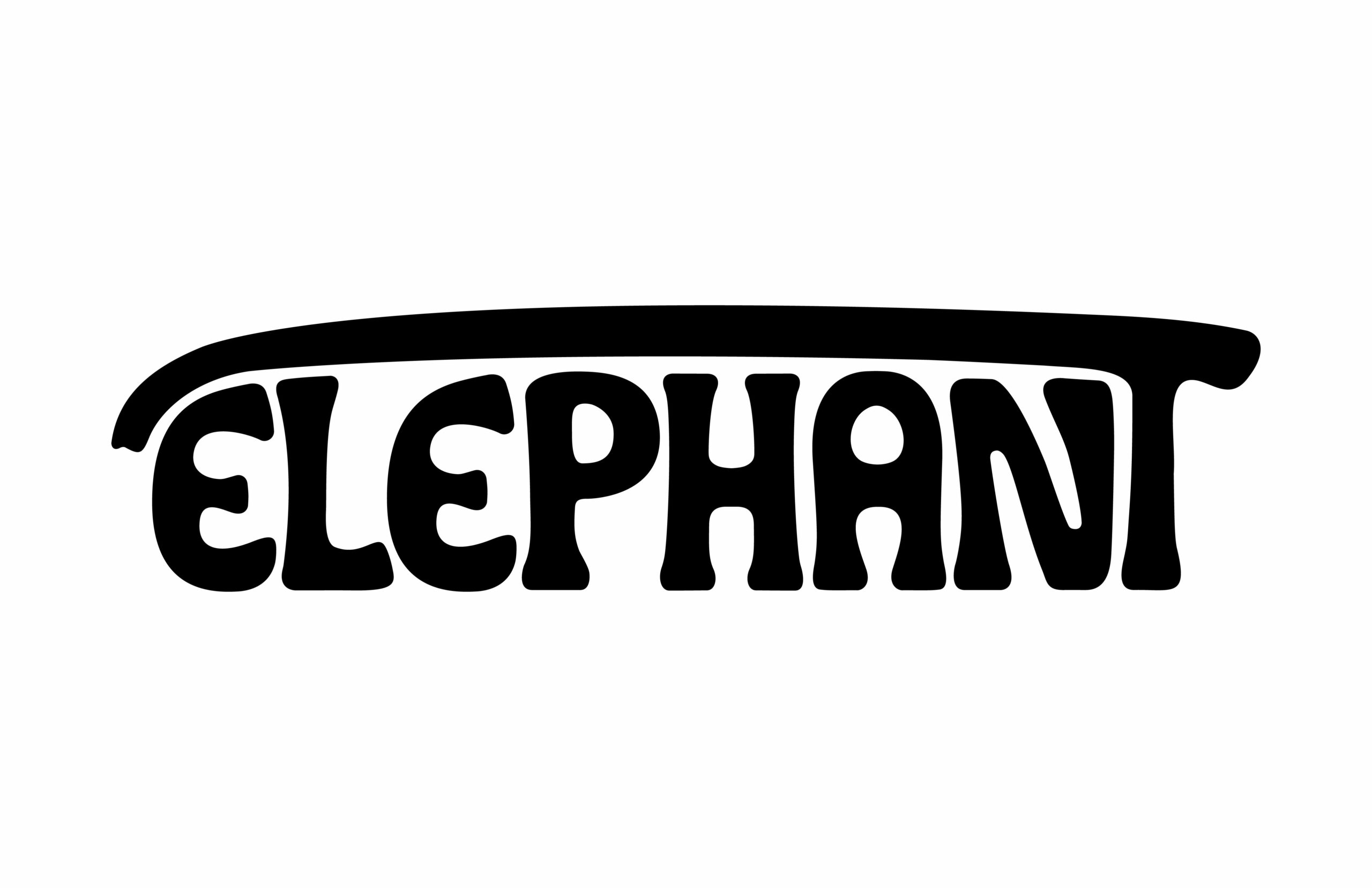Hoor Al Qasimi, director of the Sharjah Biennial and founder of both the Sharjah Art Foundation and the Africa Institute, has spent her career putting the Middle East on the map. This year she was named artistic director of the Sydney Biennial set to take place in 2026 and number one on Art Review’s Power 100. After more than two decades, she asserts that providing artists with the opportunity to share their work with the world remains urgent and necessary.
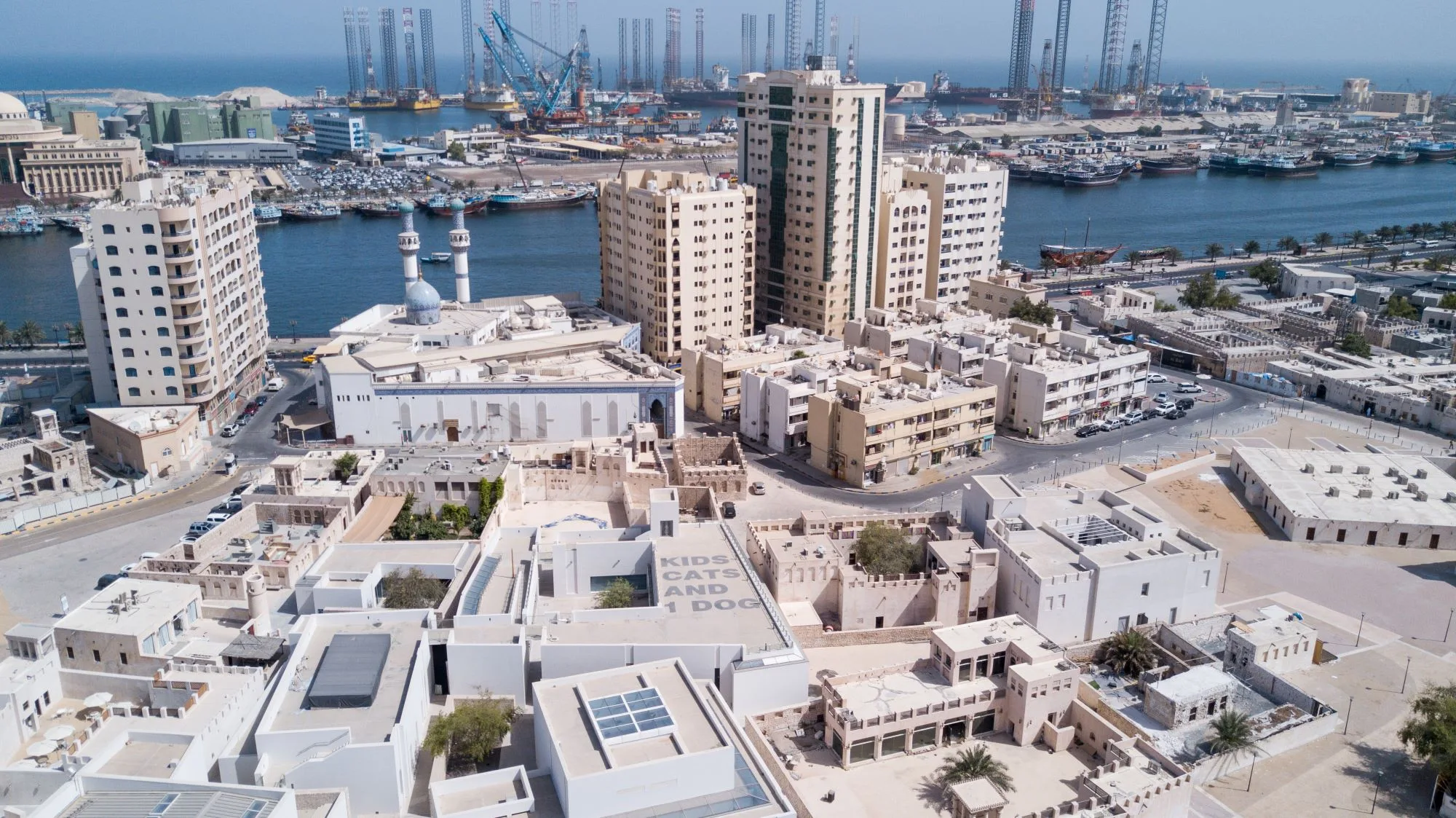
Hoor Al Qasimi took over the Sharjah Biennial at the tender age of 22. Under her thoughtful and provocative leadership, it has come to be recognized as one of the world’s leading biennials. An outlier early on, Al Qasimi brought music and film to the Biennial, showcasing a wider range of critical artistic practices in the Middle East than ever before.
During a gap year before attending the Royal Academy of London, Al Qasimi took a quick trip to Berlin that would change her life. Encountering the late Okwui Enwezor’s Documenta 11 created a deep impression on the curator that continues to influence her to this day. She cites this experience, along with curating the 2020 Lahore Biennial and sitting on the board of the MoMA, as some of the pivotal moments that have impacted her vast and varied career in the arts. Folasade Ologundudu sat down with Hoor to learn more about how she got her start in the arts, what still inspires her about the field, and what’s next for her.
Folasade Ologundudu: You started the Sharjah Art Foundation in 2009. What were some of your initial dreams for it?
Hoor Al Qasimi: Since I took over the direction of the Biennial in 2002, artists wanted to do residencies and programs outside of the Biennial. My initial dream was to be a painter, and, for whatever reason, I decided after my BA to take a gap year before going to the Royal Academy. I trust my instincts, and something told me to take a gap year. I ended up in Berlin seeing Okwui’s Documenta 11, and this taught me a lesson: don’t try to plan things too much. If I meet someone, I’m like, “Okay, I’m meant to meet this person, this is meant to be.” I use every opportunity possible because I think opportunities happen for a reason.
FO: What are your thoughts on the global art scene and its accessibility, especially for artists from non-Western backgrounds?
HAQ: I studied in London, which is very diverse, but in the late 90s I wasn’t seeing myself represented. I was still boxed into “Your paintings are not very Islamic.” I struggled to understand why people had to go to the West to have opportunities, or why Kassel is the place where you see exhibitions when we have a biennial in Sharjah. I grew up with the Biennial, and for me, it has always been important that it remains accessible to everybody. It was through conversations I had with artists who were saying, “You get exhibitions because of who you know, not because of your work,” that I realized that there are so many great artists who never get opportunities simply because people don’t take the time to do studio visits or get to know them.
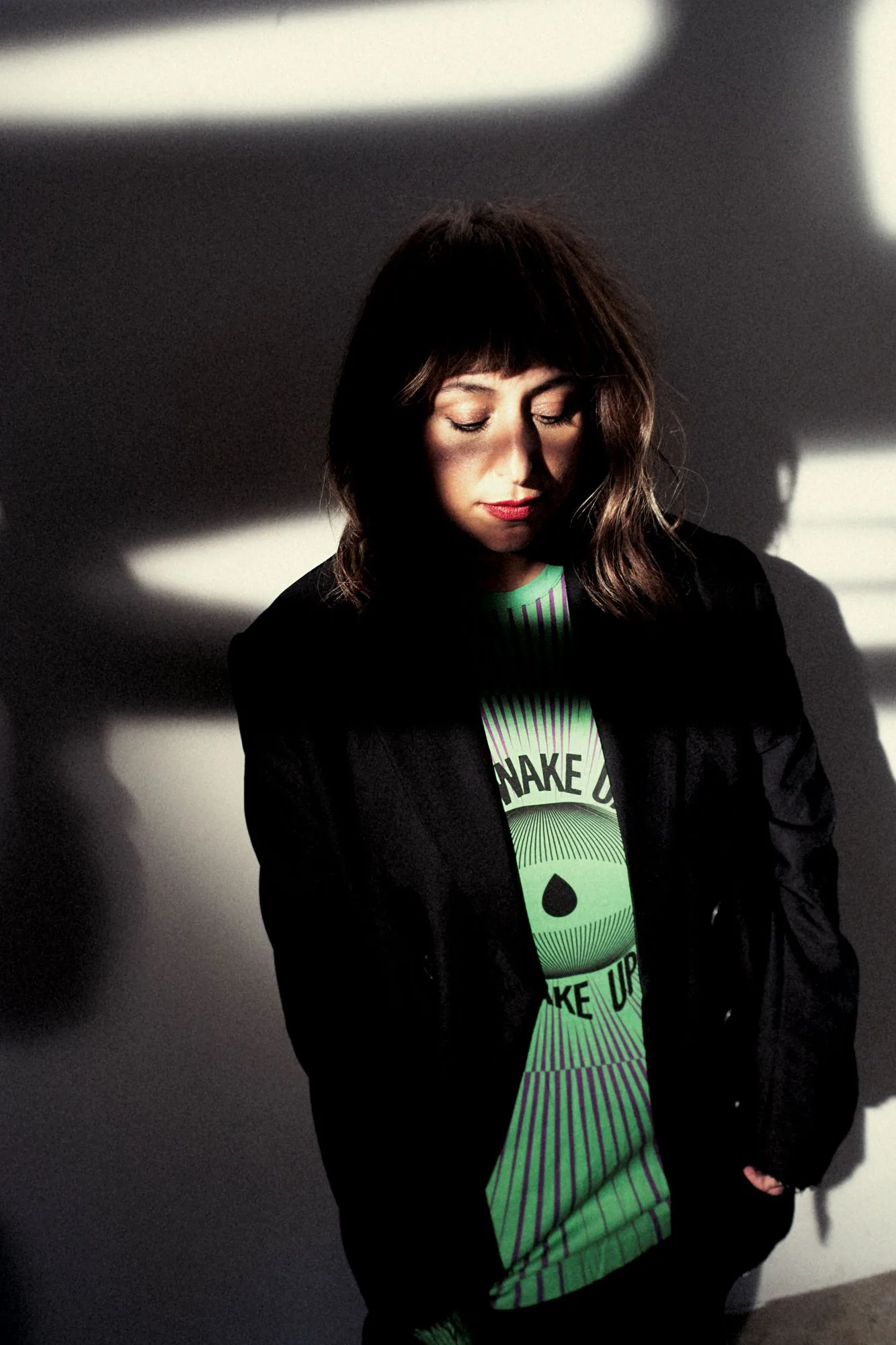
FO: What were some of the challenges you faced as a young director?
HAQ: I thought that nobody would take me seriously as a 22-year-old director and painter. Until probably about a few years ago, I felt that there’s always a degree of racism that comes with it as an Arab woman. On top of that, there is the assumption, “You got the job because you’re the daughter of the ruler [of the Emirate of Sharjah],” but I work 20 hours a day. I always tell people that the best education is actually working, especially curatorially.
When I was invited to join the board of MoMA PS1, I was in a position where the curators respected my work and made me feel like I was on the same level for the first time. But it wasn’t until doing the Sharjah Biennial that Okwui said, “You do it.” I realized he didn’t mean “Do my show,” he meant you do it. That moment helped me a lot with gaining confidence. The Lahore Biennial also helped me as a curator outside of Sharjah Arts Foundation. I learned a lot from every job I took, and every team I’ve worked with. It’s been 22 years since I started, and over that time, you grow alongside the people you work with, and Lahore in particular was very important to me.
FO: You’ve been the director of the Sharjah Biennial since 2002. What are some of the biggest changes you’ve seen the Biennial experience in that time?
HAQ: It’s been so great to see the thirst among young people who’ve grown up with the Biennial. But I have to say, it took 20 years to reach this point—now, every exhibition, every event we hold, we see a large turnout. Our visitor numbers tripled after COVID. Actually, I feel that it took time because the people that are coming now tend to be older, like me. They’re people that grew up with the Biennial, who’ve been coming since they were kids, which makes a big difference.
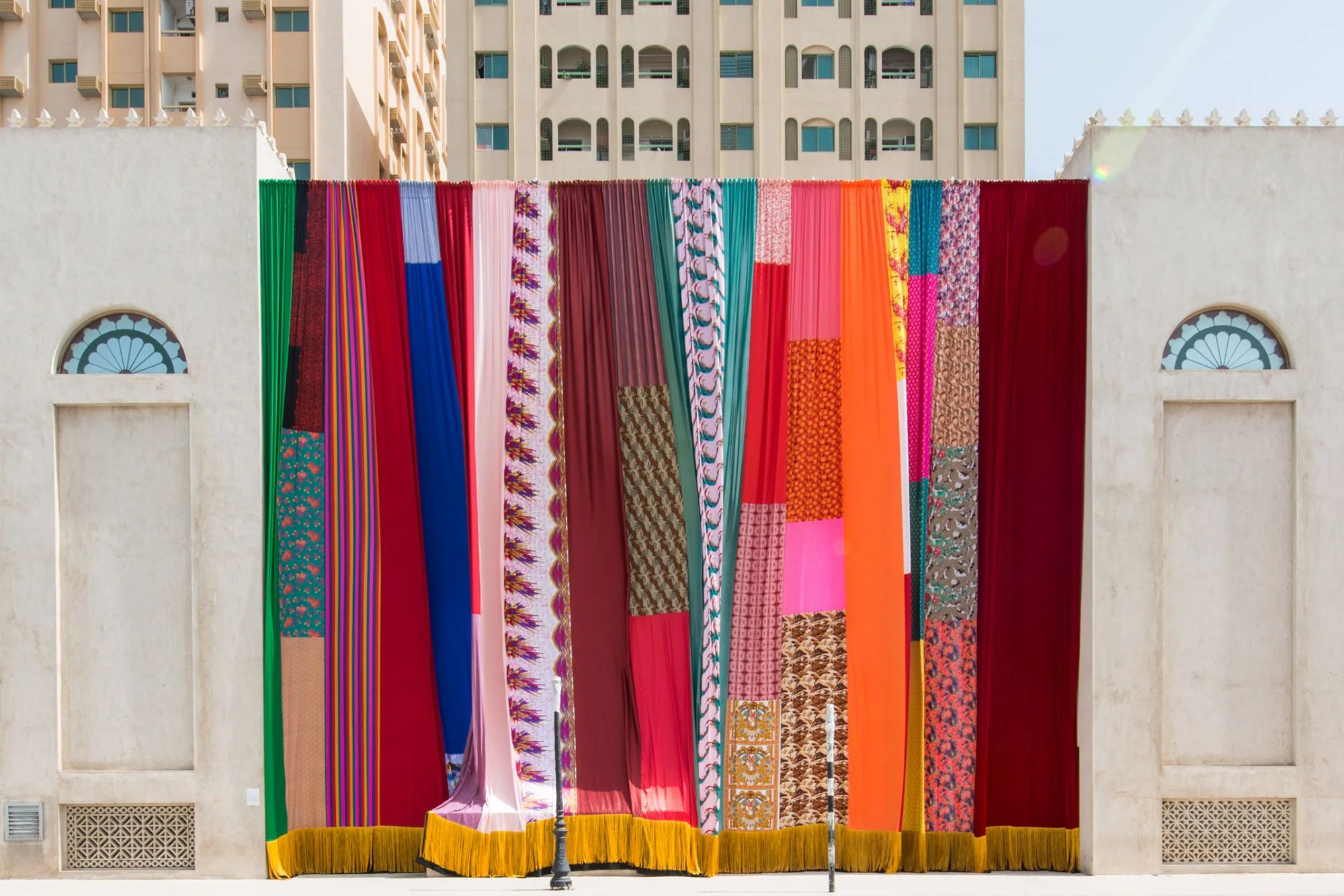
I think we have a strong reputation now, so people are aware. We have a mailing list, so as a result, people come and see our shows. When I was in London someone said to me, “I’m booking my ticket tomorrow to see the show.” And I thought, okay, that’s dedication. People travel to see our exhibitions, making a trip out of it—especially because there are also exhibitions in Dubai and Abu Dhabi.
But it’s the local audience that I really see the difference with, and I’m pleased. It was always really important for me to bring these projects into different cities and towns in Sharjah. I used to get frustrated when we’d have something in the main city, like Sharjah city, and only something on a smaller scale in the outskirts.
FO: What still feels urgent and necessary for you in the work that you do today?
HAQ: I think that accessibility is very important. Somebody asked me the other day about how we share information, and I told them that we provide these booklets for free—even though they cost us money—so that people have access to the information. It’s not that if you have money, you get the knowledge; the exhibitions are free for everyone. Accessibility and representation, of course, are crucial for us.
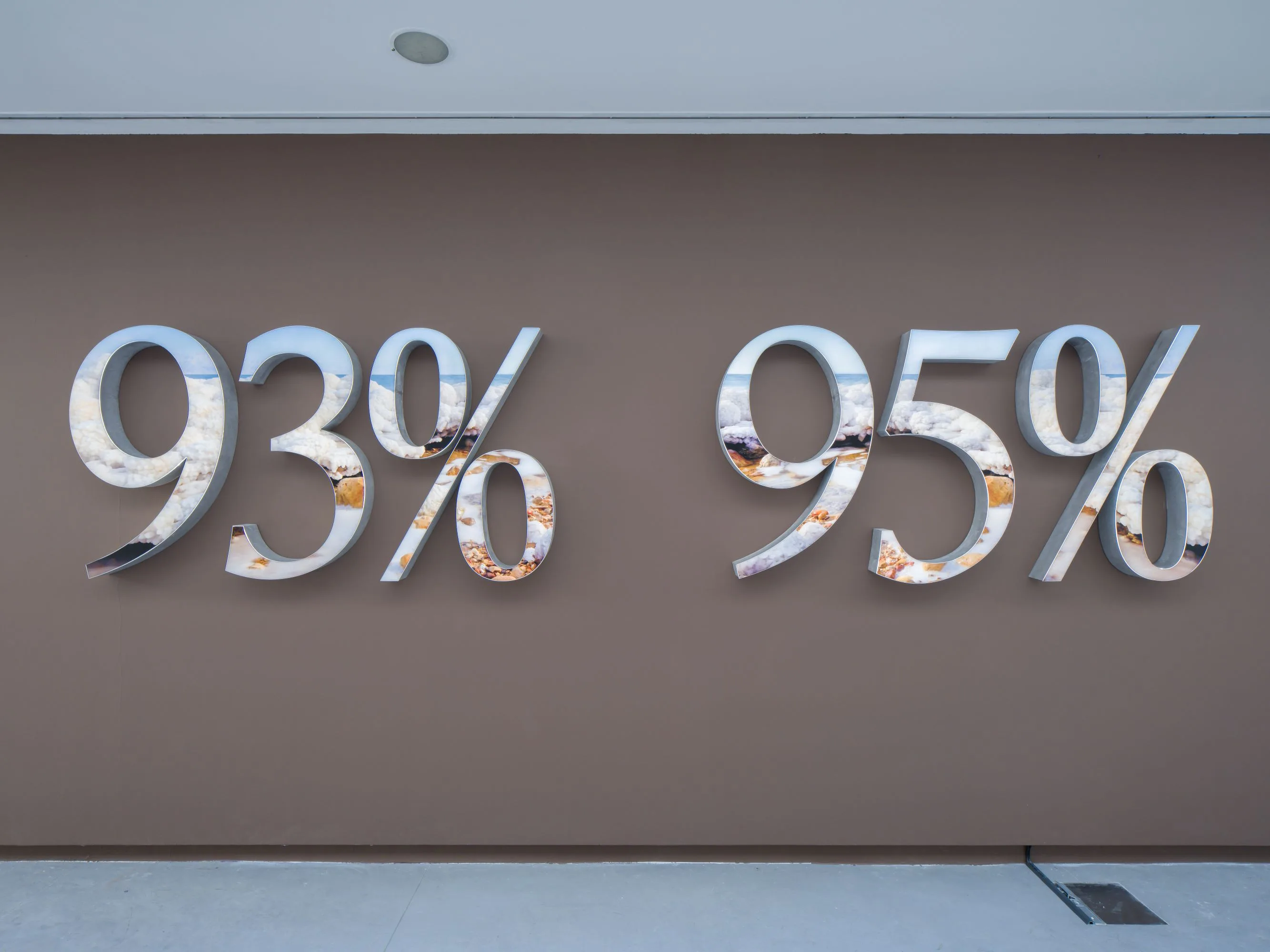
FO: How are you feeling about the world right now? And how does the way you’re feeling about the world impacting how you’re thinking about the work?
HAQ: I know it’s very hard. A lot of people are being attacked for speaking out these days, me included, but I still think it’s important. Art is supposed to be a space where we are free to express ourselves, to speak freely. It gets frustrating… I remember speaking in Germany once, and someone told me, “Oh, people in Germany would say that what you’re doing is art-washing.” But when we create in Sharjah, it’s not just for the people in Sharjah, it’s regional. My father is a historian, and he’s always talked about the importance of writing our own history. We grew up with our history being written by the British, including about our family being pirates. My father’s PhD thesis and first book were called The Myth of Arab Piracy in the Gulf.
In the same way, it’s important for us to write our own artistic narratives. When I say “our,” it’s like the broader “our.” Art and culture grows because we are a community at the end of the day. We find so many connections across geographies and oceans that tie us together—through shared colonial histories, racism, Islamophobia, and so much more. I think art, as a space for dialogue and expression, is a space really of coming together. And that’s an urgency, I would say.
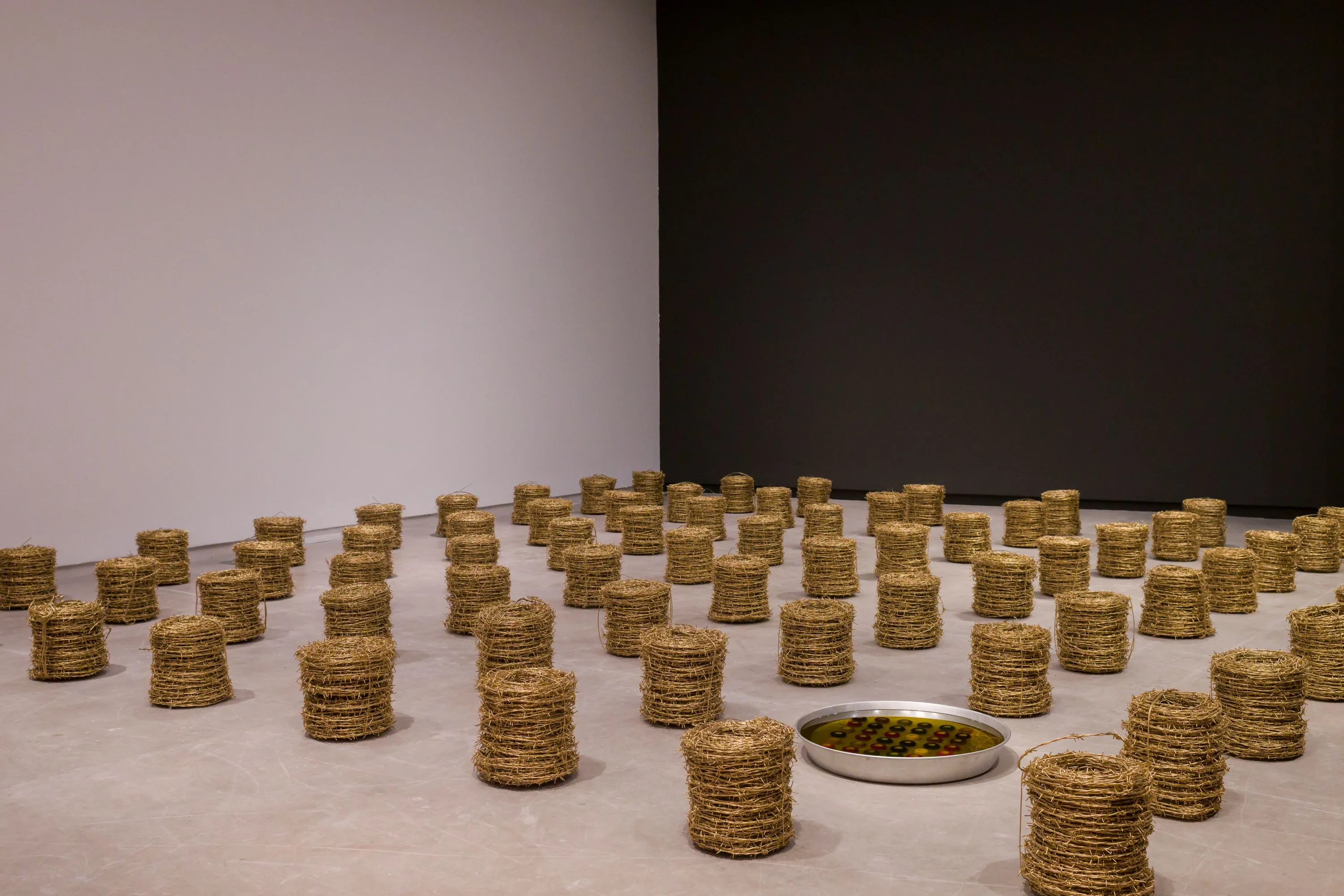
FO: Okwui Enwezor’s Documenta 11 had a profound impact on you. Can you reflect on that?
HAQ: Okwui was someone I looked up to. I knew that whenever I needed advice, he would be there, because he saw something in what we were doing that was similar to what he was trying to achieve. I think of his focus on showcasing more women artists, and his engagement with different parts of the world. We visited different geographies, and I was inspired by how he brought so much complexity to his work. It wasn’t just about simple country representation; it was layered and political. It made me realize that there was a space for us, a space when we often felt excluded by so many other places.
His work really inspired me because it so complex, but at the time, I didn’t have anyone to explain it to me. I was on my own. I remember seeing works by artists like Santa Muffa King and thinking, Why do I have to go to a town in Germany to see this? We have a biennial. It should be just like this. Even just as a visitor, it inspired me—not as an artist or a curator, but as a member of the public. After that, whenever I visited any biennials in the world, I made a point of not going to the opening. I would go just as a member of the public would, to see how they navigated the exhibition, how they would experience it when they walked a certain way. What do they see? What is the route that they take? How do the works connect? So, I learned from exhibition-making through visiting other exhibitions.
I feel like I’m still unraveling things from Documenta 11. There was so much there. When Okwui was doing Venice while I was doing the Great Pavilion in 2015 felt like an interesting moment. Then during the lead up to the 30-year anniversary of the Sharjah Biennial, I couldn’t get Okwui out of my mind. I texted Salah and I said, “I’m thinking about the next curator, and I can’t stop thinking about him. I know he’s sick, but would he do it?” So, I went and asked him. He sent me this long email, and when I told him it was the 30-year anniversary, he got very excited.
I’ve looked through a many catalogues, but I keep going back to the books, programs, and documents from Documenta 11. I still use them as a reference, just like I do with Okwui’s Paris Triennial. A couple of months ago, it was on my desk, and I’ve been reflecting on it every once in a while. I think he did so much work that is still not only relevant, but urgent. It’s important to keep that in mind, even while he’s no longer with us.
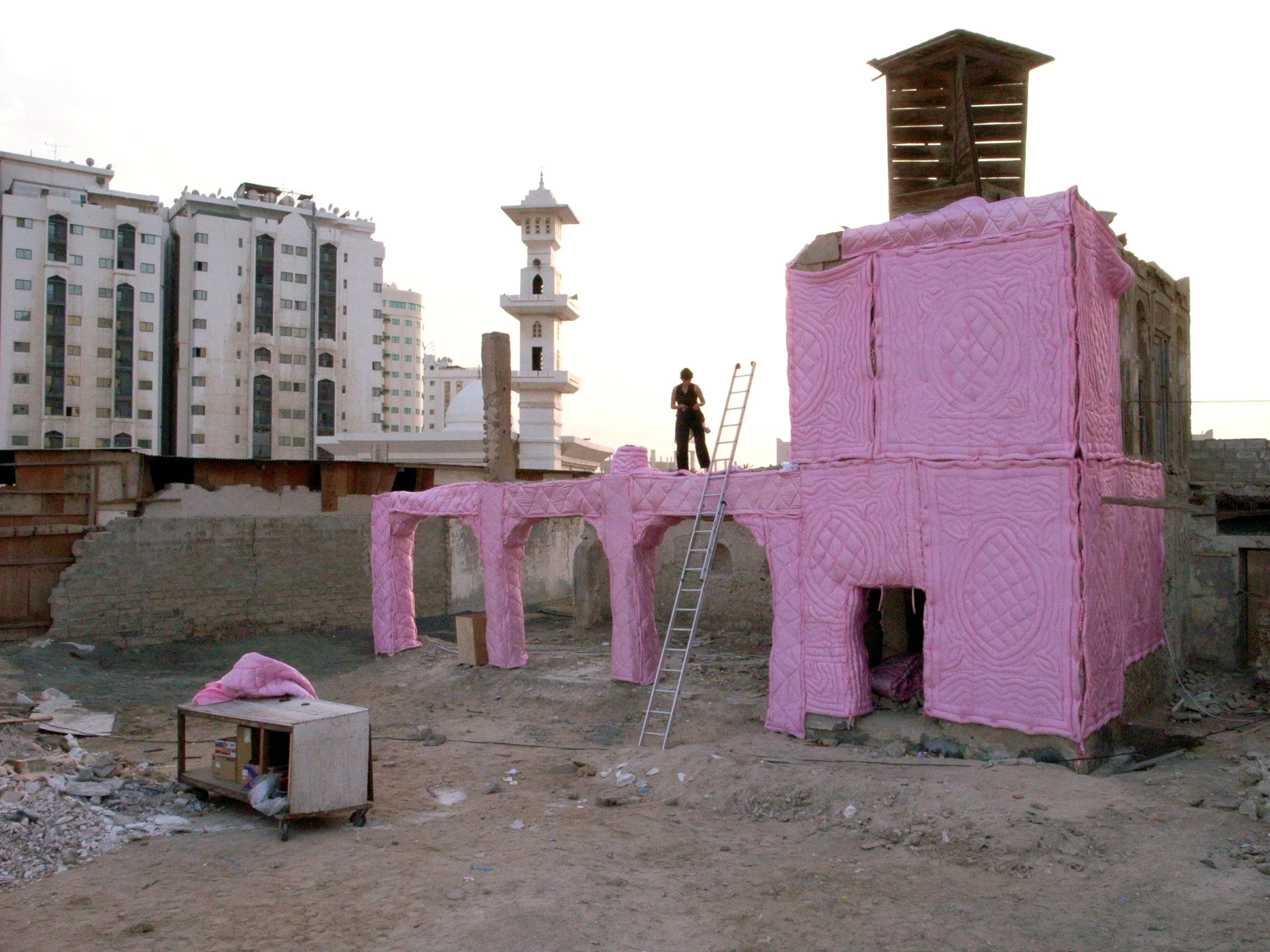
FO: What is your philosophy when it comes to your work? What do you seek to accomplish and what guides you in your practice?
HAQ: First of all, having the right team is key. It’s important to not be isolated when working on these projects. When I was directing the Venice Biennial in 2015, it was funny because, as the director, I was also acting as the curator. I was doing a lot of handholding with the team. I don’t repeat the same show everywhere. Everything is site-specific—from the buildings, to the team, to what would the local people like, what art would speak to them at the Aichi Triennial, for example.
Building relationships with people is vital, both with the team and with artists. I believe the kind of work you do as a curator is never done in isolation. I try to stay in the background because, ultimately, the show is about the artists. My role is to present their work in the best way possible, and that requires time, communication, and trust.
FO: You’ve been appointed Artistic Director of the Sydney Biennial in 2026. What aspects of this project are you most looking forward to?
HAQ: I’ve had a long relationship with Australia, particularly with Sydney, through visiting and connections with many friends and artists that I’ve shown. I’ve been visiting the Sydney Biennial since 2012, and I’ve also worked with an art center in Fitzroy Crossing, and collaborated with Aboriginal communities. I’m really looking forward to spending more time there—I’ll be in Sydney for over a month in July. I want to visit as many artists as possible, so if there’s anyone you think I should meet, send them my way! I’m happy to connect with as many people as possible. Even if it’s not directly related to the Biennial, at least I’ve had the opportunity to meet these people and learn from this trip. I’m looking forward to that. The team has also been wonderful. They’ve been so welcoming right from the start, which has been lovely.
Written by Folasade Ologundudu
